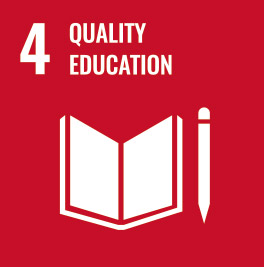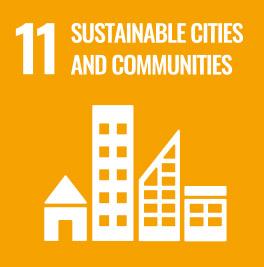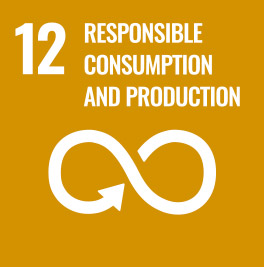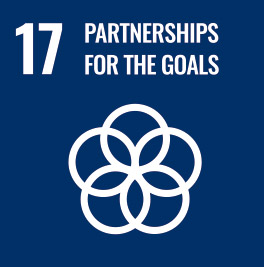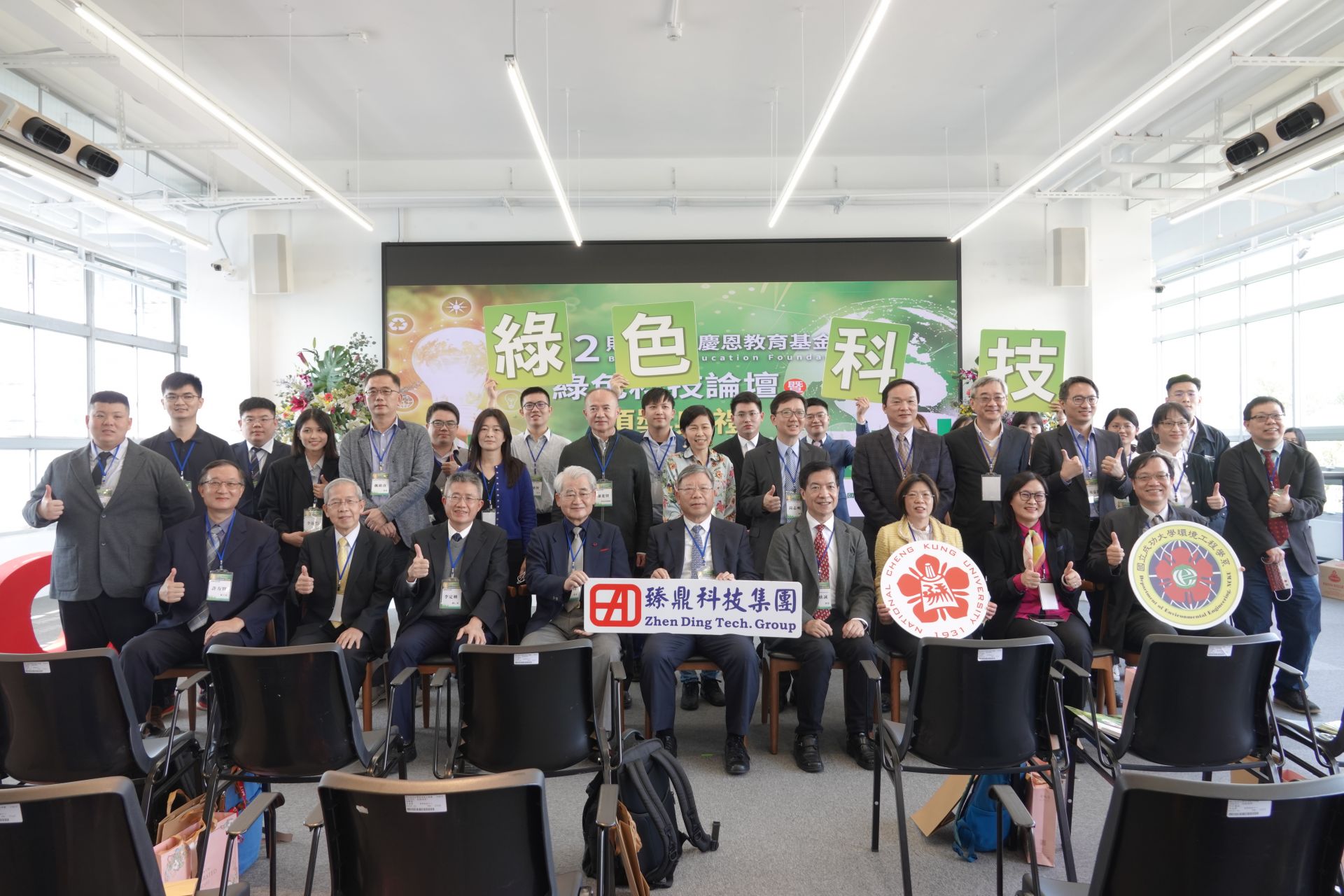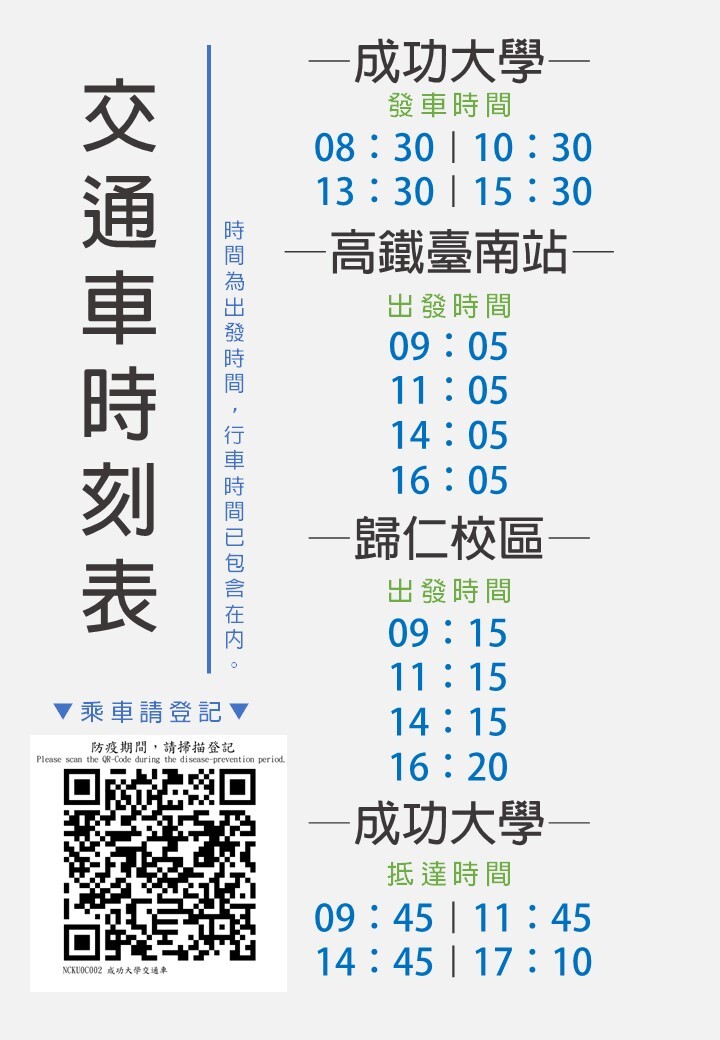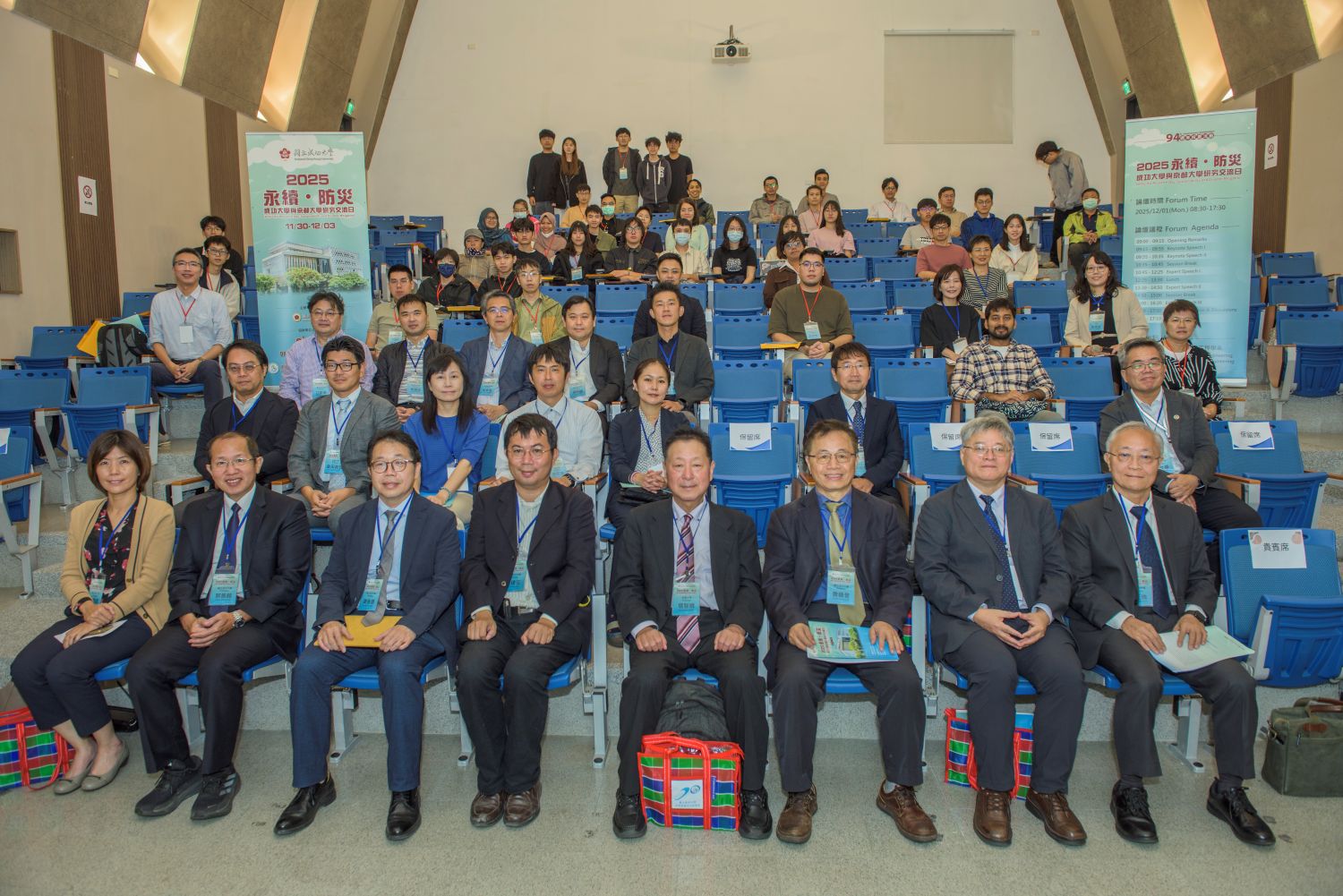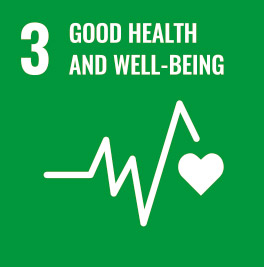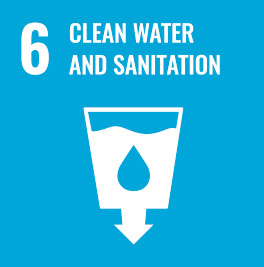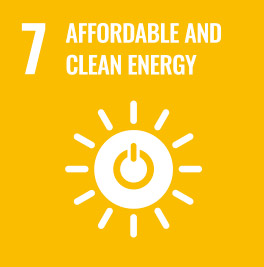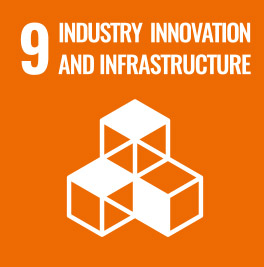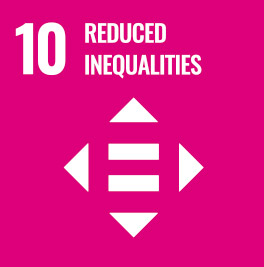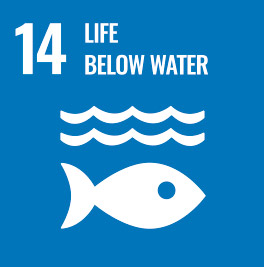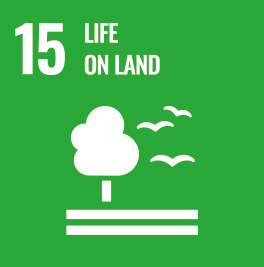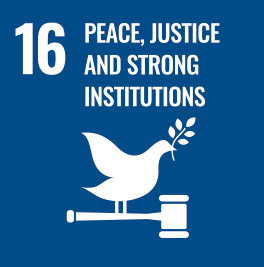SDG13
Ark Education Design Exhibition Launches! NCKU×TUT×Cross-Sector Collaboration Pioneers a New Model for Environmental Learning
To deepen public discourse on climate change and coastal flooding, the Magic School of Green Technologies at National Cheng Kung University (NCKU) has joined forces with the Department of Architecture of NCKU’s College of Planning and Design and the Department of Interior Design at Tainan University of Technology (TUT). Together with multiple educational, research, and community partners, they are presenting the “Ark Education Design Exhibition” from now through August 27. The exhibition combines interdisciplinary collaboration, hands-on design practices, and spatial translation to create a sustainability-focused educational initiative that balances academic depth with creative energy.
The Ark Education Design Exhibition runs from June 27 to August 27, 2025, in the first-floor gallery of the Magic School of Green Technologies. It is open Tuesday to Sunday, 10:00 AM to 5:00 PM (closed on Mondays), with guided tours available by reservation. The public is warmly invited—especially those interested in environmental sustainability, architectural design, and educational innovation—to visit and join in our collective efforts for the future of our blue planet.
NCKU plays a central role in integrating knowledge and curating the exhibition, aiming to publicize and materialize complex environmental and hydrological issues. In collaboration with TUT students from the Department of Interior Design, known for their practical skills and creative design talents, the exhibition turns abstract climate concepts into tangible, visible, and comprehensible spatial experiences, thereby enhancing public understanding and engagement with sustainability topics.
The exhibition focuses on the issue of flooding along the coastal areas of Tainan as a result of climate change. It features three major sections: Project Overview, which presents local environmental challenges and directions for future action; Course Results, which displays approximately 30 student works from the Department of Interior Design at TUT’s “Structure and Construction Methods” course, including structural models and conceptual posters; Camp Preview, introducing the upcoming August children’s camp titled “Alarm for the Blue Planet”, which aims to extend sustainability education to younger generations through hands-on activities and experiences.
The exhibition design embodies the principles of resource circulation and low-carbon exhibition strategies. The team from NCKU’s Department of Architecture conceptualized the overall spatial structure and display system, while TUT students executed the physical construction and visual design. Rather than using fixed materials, the structures incorporate reusable elements such as pipes, fishing lines, and nets. All materials are fully dismantlable and reusable, promoting waste reduction and sustainability, and reflecting the exhibition's climate-adaptive design philosophy.
The exhibition visuals were illustrated by students Ching-Fen Hsu and Po-Chun Chang, with on-site construction by Fu-Tzu Yang, Chia-Wei Chuang, and Chung-Hung Tsai. Visual and artistic components were designed collaboratively by student teams. Overall curatorial production was supervised by Assistant Professor Hsin-Ju Yang of TUT’s Department of Interior Design. The exhibition also served as an extension of academic coursework: 142 students participated in groups, contributing to setup and guided tours. Tour explanations were further supported by a team from Associate Professor Chen-Yu Pan’s lab at NCKU's Department of Architecture—students Shao-Pu Kuo, Hsu-Heng Chung, Su Yu, and Ying-Chin Wang led visitors in understanding the building’s green architecture features, including its ventilation design, daylighting strategies, and energy-efficient systems—demonstrating how spatial design can respond to climate change.
Since its establishment, the Magic School of Green Technologies has been a consistent advocate for environmental education and science communication. It promotes public awareness on issues such as climate change, urban heat islands, and low-carbon living. Officially named the Yun-Suan Sun Green Building Research Hall, the facility was built with NT$100 million donated by Delta Electronics Group Founder and Honorary Chairman Bruce Cheng, supplemented by NT$60 million in self-funded support from NCKU. In 2022, it was recognized as one of only seven global low-carbon buildings featured in the IPCC Sixth Assessment Report.
This exhibition brings together the efforts of various partners, including the NCKU Institute of Hydraulic and Ocean Engineering, the Coastal Ocean Monitoring Center, San-Gu Elementary School, and Salty Dream Village, among others. It integrates support from the Ministry of Education’s University Social Responsibility (USR) Program, the Water Sports Promotion Program, and the Ocean Conservation Administration’s “Local Guardianship” initiative, forming a cross-sectoral alliance between higher education, basic education, research, and community—collectively advancing a sustainable future through action.
The Ark Education Design Exhibition runs from June 27 to August 27, 2025, in the first-floor gallery of the Magic School of Green Technologies. It is open Tuesday to Sunday, 10:00 AM to 5:00 PM (closed on Mondays), with guided tours available by reservation. The public is warmly invited—especially those interested in environmental sustainability, architectural design, and educational innovation—to visit and join in our collective efforts for the future of our blue planet.
NCKU plays a central role in integrating knowledge and curating the exhibition, aiming to publicize and materialize complex environmental and hydrological issues. In collaboration with TUT students from the Department of Interior Design, known for their practical skills and creative design talents, the exhibition turns abstract climate concepts into tangible, visible, and comprehensible spatial experiences, thereby enhancing public understanding and engagement with sustainability topics.
The exhibition focuses on the issue of flooding along the coastal areas of Tainan as a result of climate change. It features three major sections: Project Overview, which presents local environmental challenges and directions for future action; Course Results, which displays approximately 30 student works from the Department of Interior Design at TUT’s “Structure and Construction Methods” course, including structural models and conceptual posters; Camp Preview, introducing the upcoming August children’s camp titled “Alarm for the Blue Planet”, which aims to extend sustainability education to younger generations through hands-on activities and experiences.
The exhibition design embodies the principles of resource circulation and low-carbon exhibition strategies. The team from NCKU’s Department of Architecture conceptualized the overall spatial structure and display system, while TUT students executed the physical construction and visual design. Rather than using fixed materials, the structures incorporate reusable elements such as pipes, fishing lines, and nets. All materials are fully dismantlable and reusable, promoting waste reduction and sustainability, and reflecting the exhibition's climate-adaptive design philosophy.
The exhibition visuals were illustrated by students Ching-Fen Hsu and Po-Chun Chang, with on-site construction by Fu-Tzu Yang, Chia-Wei Chuang, and Chung-Hung Tsai. Visual and artistic components were designed collaboratively by student teams. Overall curatorial production was supervised by Assistant Professor Hsin-Ju Yang of TUT’s Department of Interior Design. The exhibition also served as an extension of academic coursework: 142 students participated in groups, contributing to setup and guided tours. Tour explanations were further supported by a team from Associate Professor Chen-Yu Pan’s lab at NCKU's Department of Architecture—students Shao-Pu Kuo, Hsu-Heng Chung, Su Yu, and Ying-Chin Wang led visitors in understanding the building’s green architecture features, including its ventilation design, daylighting strategies, and energy-efficient systems—demonstrating how spatial design can respond to climate change.
Since its establishment, the Magic School of Green Technologies has been a consistent advocate for environmental education and science communication. It promotes public awareness on issues such as climate change, urban heat islands, and low-carbon living. Officially named the Yun-Suan Sun Green Building Research Hall, the facility was built with NT$100 million donated by Delta Electronics Group Founder and Honorary Chairman Bruce Cheng, supplemented by NT$60 million in self-funded support from NCKU. In 2022, it was recognized as one of only seven global low-carbon buildings featured in the IPCC Sixth Assessment Report.
This exhibition brings together the efforts of various partners, including the NCKU Institute of Hydraulic and Ocean Engineering, the Coastal Ocean Monitoring Center, San-Gu Elementary School, and Salty Dream Village, among others. It integrates support from the Ministry of Education’s University Social Responsibility (USR) Program, the Water Sports Promotion Program, and the Ocean Conservation Administration’s “Local Guardianship” initiative, forming a cross-sectoral alliance between higher education, basic education, research, and community—collectively advancing a sustainable future through action.
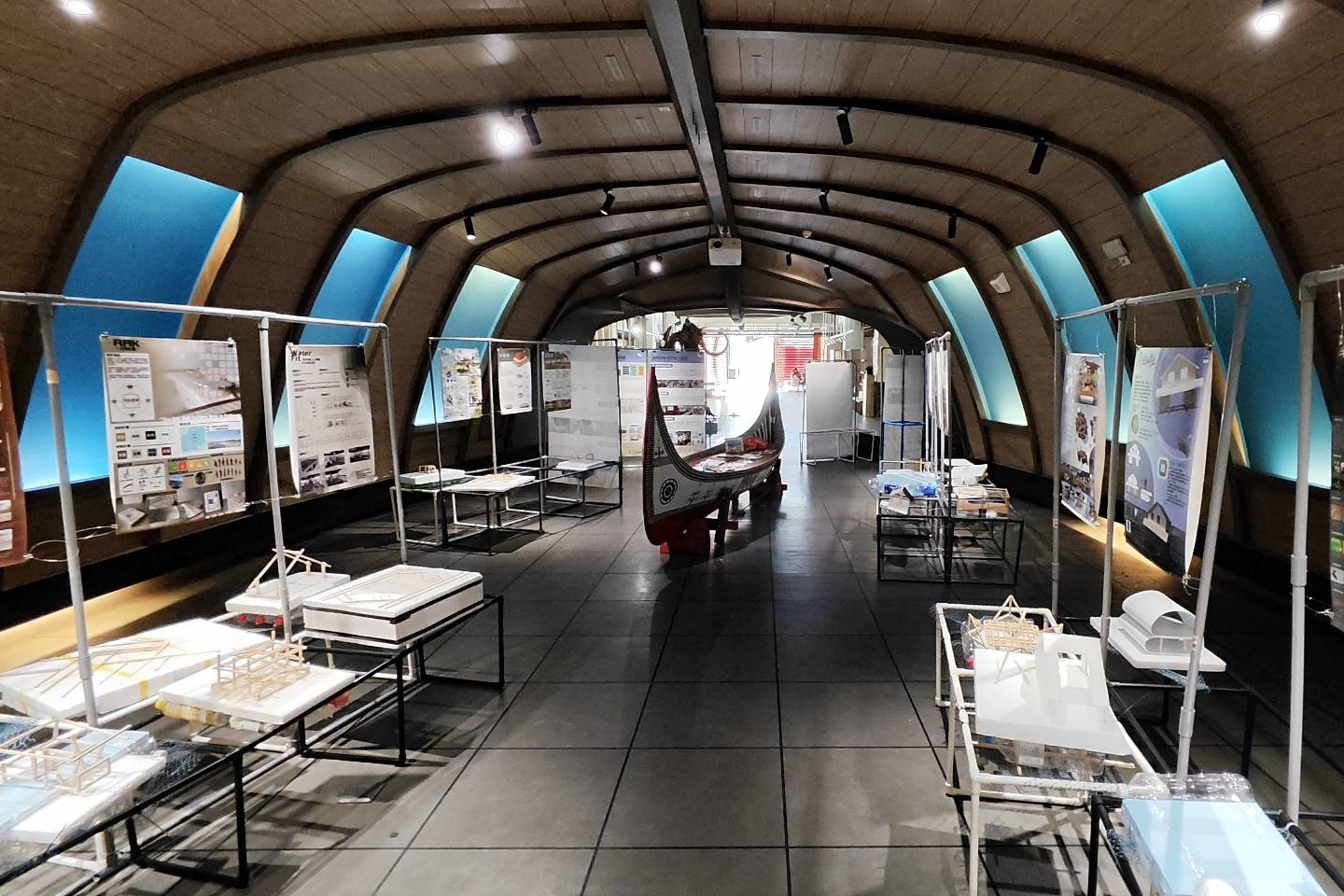
Within The Magic School of Green Technologies, a traditional Tao (Yami) tatala canoe is preserved—an ark-like symbol that carries forward the spirit of continuity. Much like how education bears the legacy of memory and knowledge, the canoe stands as a metaphorical vessel guiding students toward the next future.
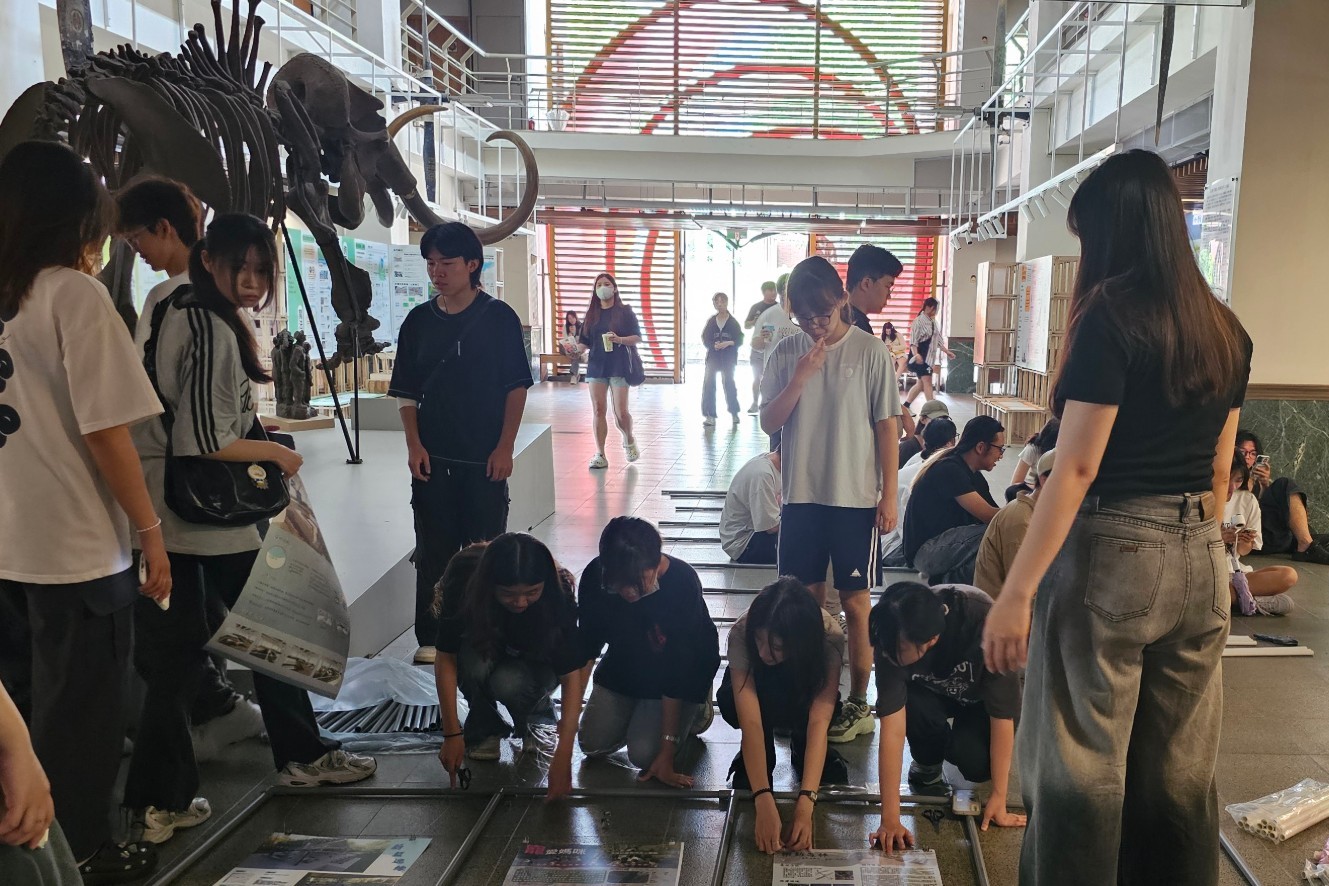
Students participated in on-site exhibition setup and engaged in learning about plumbing structures and the application of mixed-media design.
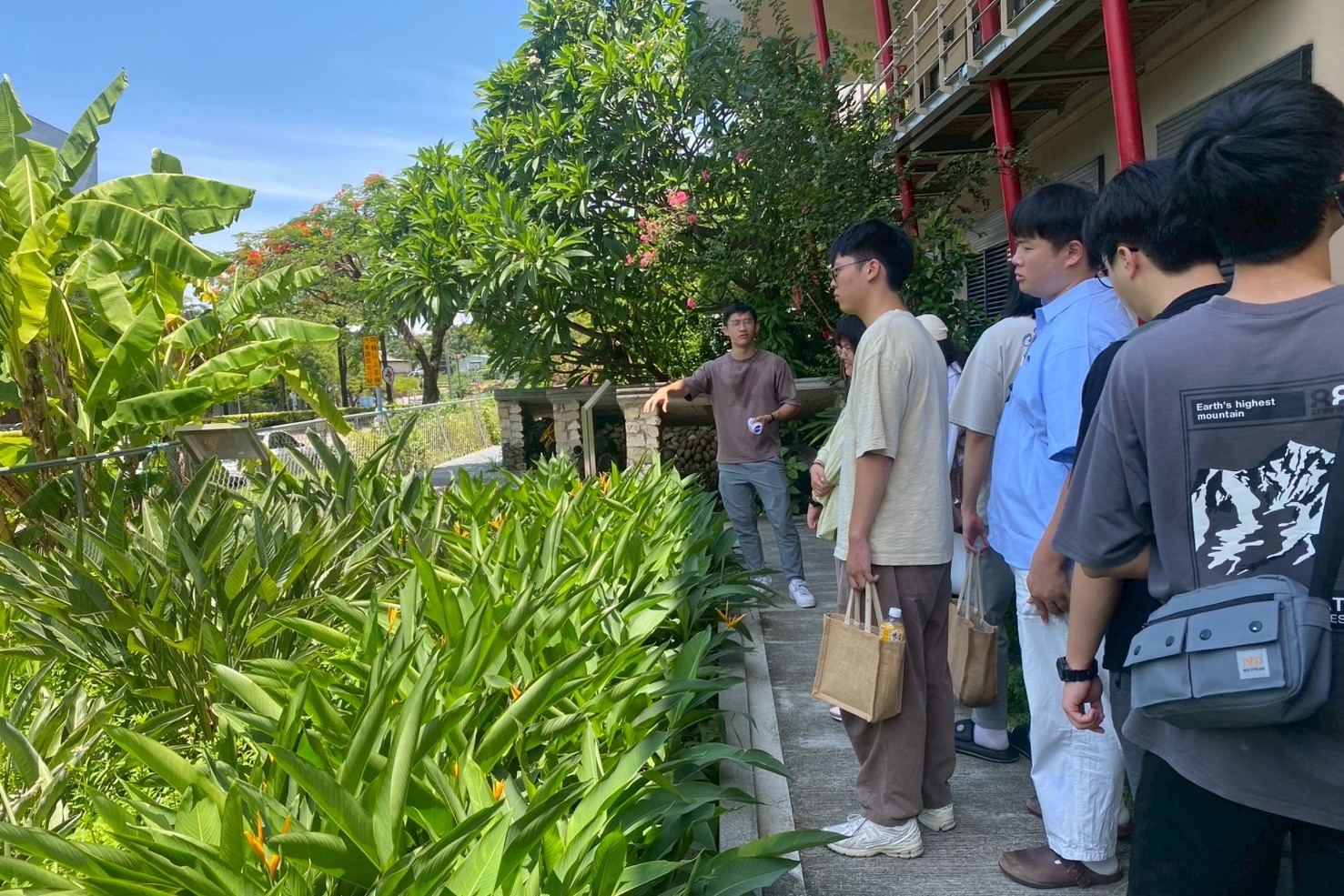
Visit to NCKU Magic School of Green Technologies.


